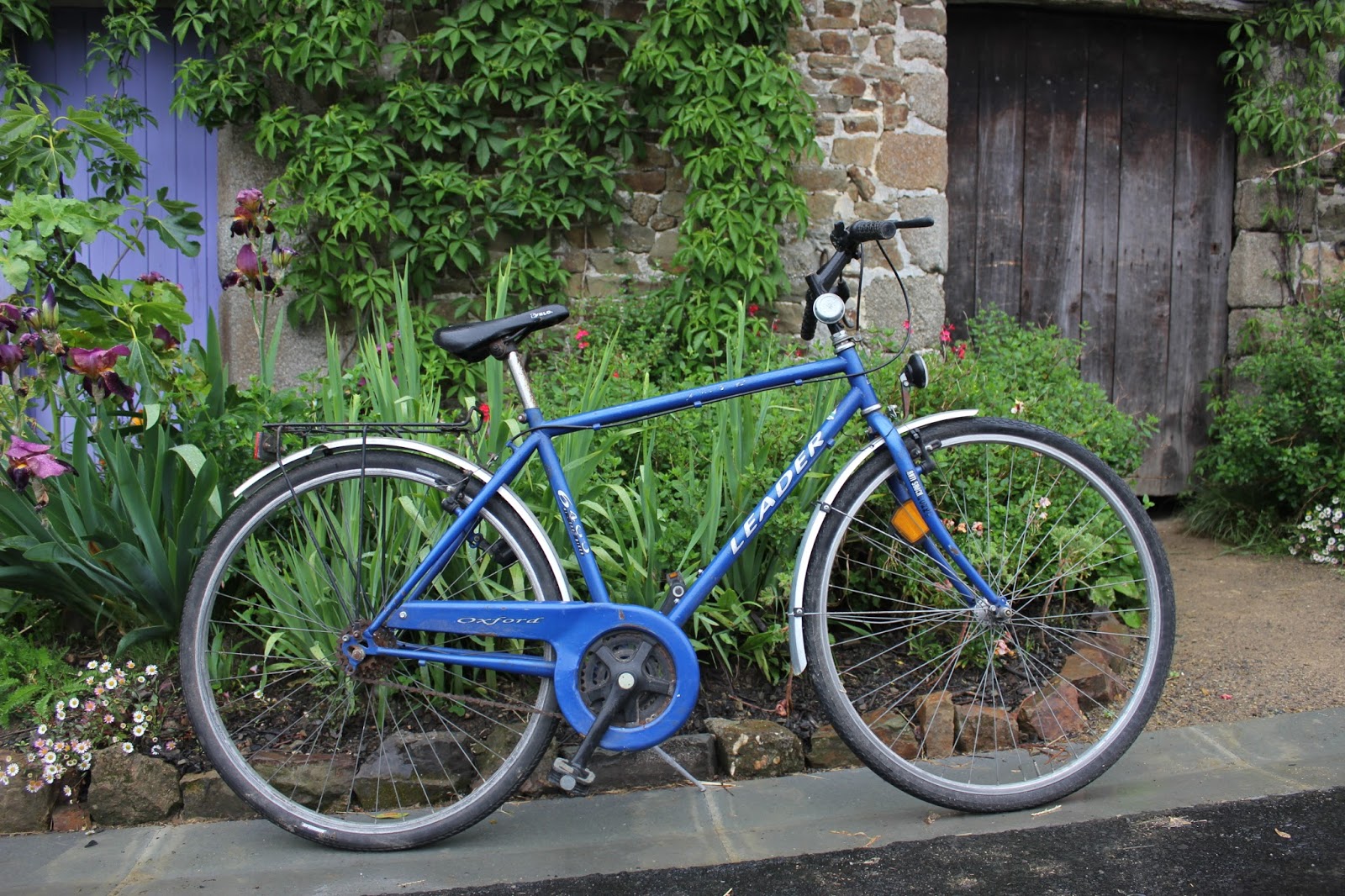However, many of them end up fit only as kindling and it used to be a weekly chore to break them down.
Introduction
We are very fortunate in that our local organic shop gives us all their unsaleable fruit and vegetables for our poultry. This means that we bring home on average about 8 – 10 fruit crates a week containing produce. What the birds are unable to eat goes into our compost bins so the only thing left over at the end of the week are the empty fruit crates. Those which can not be repurposed, as above, are great for lighting fires but can be difficult to break down.
Usually I cut through the staples holding the bottom in place and can then stand on the remaining portion so as to beak the sides away from the corner posts. The problem is, I still need to break the side pieces further so as to fit in our cooker and this I used to do using a chopper at the mid-point or by folding the wood strips using my knee as the fulcrum. The problem is that this is very time-consuming and prone to injury from stray staples piercing working gloves and knees and that is why I came up with the idea of making a hand-powered guillotine similar in design to the paper guillotines used in schools and offices.
Method
I needed a long lever for this device as I was unsure how much effort it was going to take to cut the wooden sides. As I needed to hold the material to be guillotined in place whilst cutting, I estimated the optimum length from the pivot point to the operating handle to be about 80cm (this being the distance from my left hand on the table top to my right hand prescribing an arc around my right shoulder with the arm bent at 90°). My left hand would be near to the blade pivot point where the maximum cutting force would be.
I had a steel RSJ that was left over from a project about 15 years ago and it was of a suitable size as the base of the guillotine.
For the blade I recuperated a mild steel strap hinge from some old shutters. This was 50cm long.
I also recuperated from an old window, some half-round steel bar used as part of its locking mechanism.

To make the blade I first cleaned off all the paint from the hinge.
I then welded the half-round bar to the top long edge of it ensuring that about 20cm extended beyond the end of the hinge so as to function as the handle.
I welded another length of half-round bar to this so as to produce a nearly round handle. I then used a hand-held grinder to dress the welds and to grind a cutting edge on the blade. I ground this edge to a fairly obtuse angle of about 85° .
The RSJ I was to use for the base was 94cm long and was to function with the web of the beam being horizontal and thus the hole for the pivot was drilled in the flange at a distance of 49cm from the beam end.
The remaining 45cm of the beam was to rest across the upper face of a tree-stump I recuperated from the beach about 20 years ago.
This would be anchored to the stump using a chain loop. Thus the cutting portion of the guillotine hung over the nearside of the stump so as to enable the fruit crates to slide into position near to the pivot point without obstruction.
Prior to attaching the blade to the base I ground the rounded edge of the RSJ’s flange, from the pivot point, flat so as to furnish the second cutting edge against which the blade would cut.
Once I had tested the efficacy of the guillotine, I finished the device off by attaching a wooden handle over the ‘round’ bar extending from the top of the blade and fitting a ‘stop’ so as to prevent the blade from passing beyond the RSJ and I also cut off the end of the hinge .
Fitting a ‘stop’
and
a wooden handle
Does it work?
The effort to cut the crates up is minimal as long as the blade is kept close against the flange edge of the RSJ (functioning like scissors).. The mass of the blade contributes greatly to its cutting ability as the momentum it has in the cutting stroke helps it to cut through the wood.
Occasionally I have found that the base needs to be more securely attached so it does not rotate due to the sideways force exerted in maintaining the cutting action of the blade against the flange edge.
Further uses
I have subsequently used this guillotine to chop straw for a project currently under way. All I needed to do was change the angle of the blade by just grinding it to a more acute angle. Below is an excerpt from the film, which is included in this blog under the project Home-made storage heater.
Now, if you'd like to sit back and watch the film:
Thanks for dropping by and please feel free to share this article, comment, ask questions and if you'd like to be assured of getting the next post, then sign up to follow this
blog.
All the best, Andy
© Andy Colley 2014



















































